A friend once described Paris as a donut way beyond use-by – the jewels of architecture, the arts and gastronomy are the jam in the centre, encircled by a stale, unappetising and occasionally dangerous ring of drab, depressing suburbs.
To be fair to Paris, most cities probably share the same characteristics. As a result, most travel itineraries focus our limited time immersed in small areas that are the oldest, most well-known and most immediately beautiful.
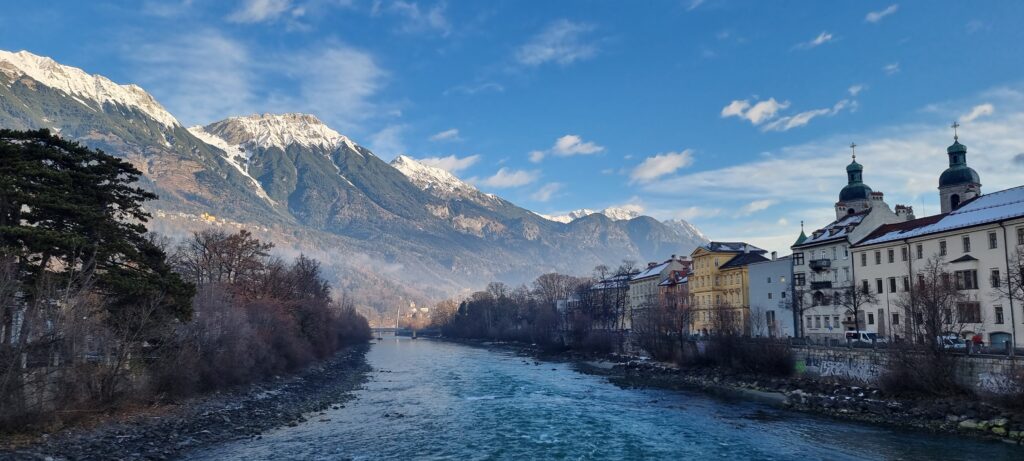
But what if we turned our collective backs for a moment, not forever, but for a moment on that sacred instagrammable moment in an ancient otherworld, that we treasure, but later do not live and instead took the untrodden paths, to the uglier, nondescript, more superficially crushing vistas of those visually untidy suburbs on the fringe? If we forsook the instant but fleeting gratification of immersion into the exquisite for a day or two and instead girded our daypacks for a grittier dip into the secrets of suburbia?
I recall the misery of being desensitised to yet another room of grand masters in the latter stages of a backpacking itinerary with an apparently endless string of European capitals, which had started to morph into one another in a haze of overstuffed hostel dorm rooms by night and endless corridors of dulled 14th century artworks by day. Even the world’s greatest artworks and the world’s least attractive accommodation options shed their potential for fond/horrific recollection when there is nothing else on a traveller’s horizons.
What I found, in touring the apparently mundane beige and grey sprawl of outer Innsbruck was an initial disappointment. It wasn’t hideously ugly, crazily alien or particularly varied. We wandered street after street of largely postwar, somewhat old but not old enough to be remarkable structures that were not similar enough to offer visual symmetry, not unusual enough or beautiful enough to muster long-term interest. But the further I wandered, and the colder I became in the sub zero December air, the closer I came to a travel epiphany.
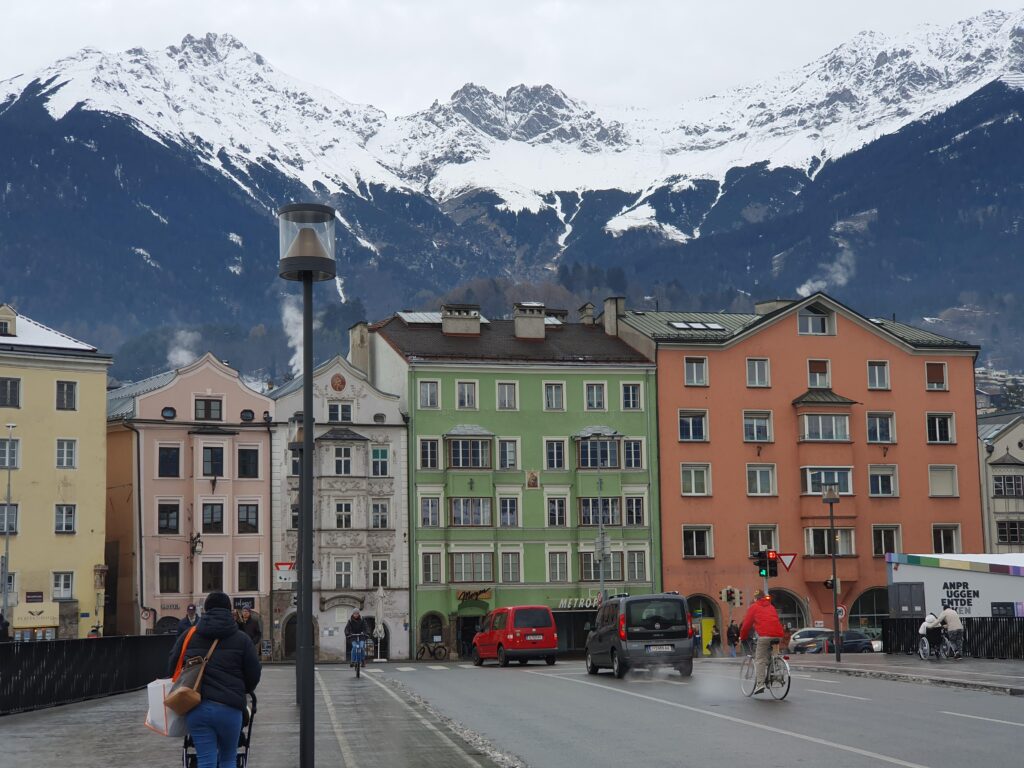
The story behind the reclamation of these buildings and the way the refurbishment had transformed the comfort and energy expenses of thousands of regular people was the hook that had drawn me into these visual ghettos. I had traded a few days of indulgent immersion in the ancient heart of a beautiful small European city for a realisation that I could make all the other days of the year better. The freezing winter nights and churning air conditioner barely keeping Summer heat contained in our thriftily renovated farmhouse could be moderated. The electricity bills mounting up through the year could be lower and my little contribution to climate change could be a little lower if I learned the lessons of the journey and made my house more efficient.
I went to Austria on something of a mission. Our son lived in Innsbruck, so our primary travel destination was non-negotiable, but the city’s proud history of leadership in delivering sustainable buildings presented a rare opportunity. My lifelong childhood friend and I had cooked up a concept for a new website that might excite people about the world of sustainable building.
After several flights, trains and a short car trip we arrived in Innsbruck and it was with a mixed reception that I broached the opportunity for a European tour with a difference to my long suffering family. Rather than spend our first days immersed in the delights of downtown Innsbruck, I had compiled a walking tour of partly renovated apartment blocks in far-flung, relatively unattractive outer suburbs.
The day before I had interviewed Mr Laszlo Lepp, a researcher and architect working for the Passive House Institute in Innsbruck about the Sinfonia project – an EU-funded project renovating ageing apartment blocks and school buildings in Innsbruck and nearby Bolzano to improve energy efficiency, drive down energy costs and improve quality of life.
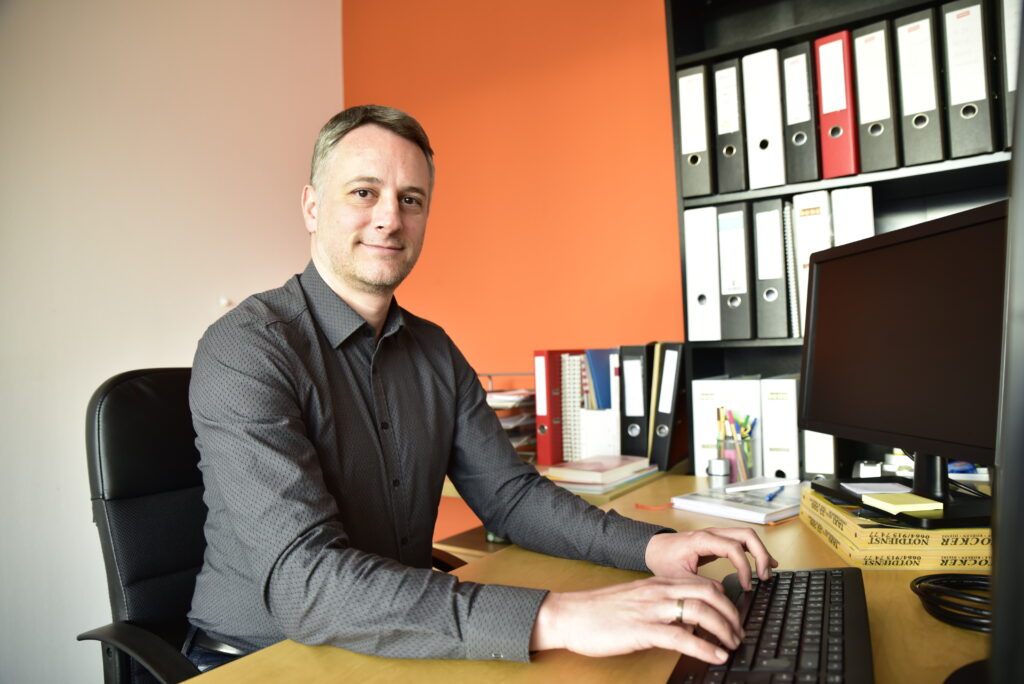
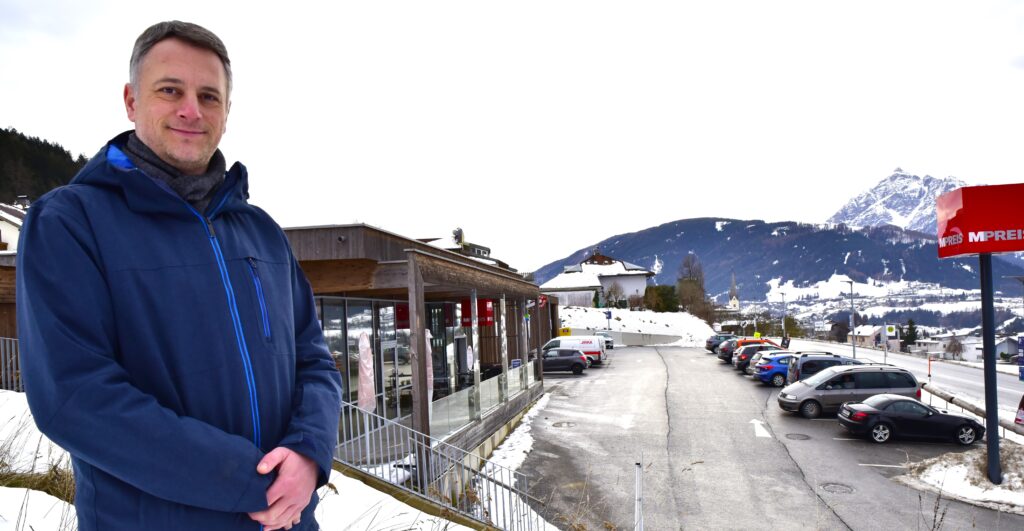
In some cases, heat energy savings of 91% had been achieved in ageing apartment blocks by through measures such as cladding the exterior with new insulation, replacing windows, reducing drafts and creating opportunities for heat to flow through the building.
It is estimated that around 37% of the world’s emissions come from buildings that we live, work and recreate in. The work of Mr Lepp and others in the Passive House Institute network have shown time and again that we can live more comfortable lives, reduce our impact on the planet and reduce our bills right now by building differently, or renovating our buildings so they work better.
I had come to Innsbruck to interview Mr Lepp and see projects firsthand that proved changes could be made, and after two hours of discussion and a trip to see a new energy-efficient supermarket, had found a motherlode of inspiration.
My ability to translate that into excitement for others was immediately put to the test. When our son Josh was three, I spent months pushing him in a pram around the streets of Melbourne, assembling a walking tour for an app and he was easily engaged with new people, food or most often just a chat. Thirteen years on, the same three engagement points applied, but he had a higher level of awareness about alternative activities which might be more fun.
Within minutes we were leaving behind wandering herds of puffer-jacketed tourists intent on besieging the gluhwein vendors, souvenir shops and museums along a path that I had plotted on my phone, on a mission to learn more about the inner beauty of sustainably renovated homes.
That sentence sounds boring even to me, but within half an hour I was sharing some of the extraordinary statistics and stories that Mr Lepp had imparted the day before.
The first hour passed happily enough. The start of the walk was further than I had anticipated, so we had trudged through several kilometres of bland streets before we even started. When we found the first building to start the tour, there were no trumpets heralding the moment. It was a beige building, the transformation heralded not with sleek lines or bold colours, but a tonally muted renovation that only after careful study betrayed a difference between the renovated apartment block and its neighbours.
The 11 storey apartment building had been built relatively cheaply in 1965, as Austria navigated postwar recovery and an uncomfortable proximity to the Iron Curtain, but the hundreds of residents it accommodated had agreed to taking part in the SINFONIA project and the subsequent encasement of the building in new insulative exterior walls, improved windows and improved airtightness had transformed the comfort of those inside and achieved a 91% reduction in heat energy use. A small SINFONIA plaque proved to be the main opportunity to verify that we did indeed have the right building.
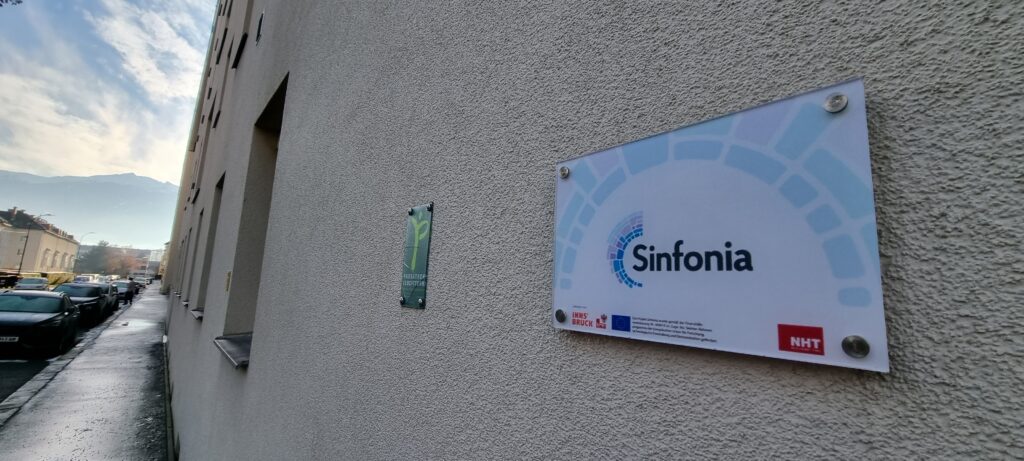
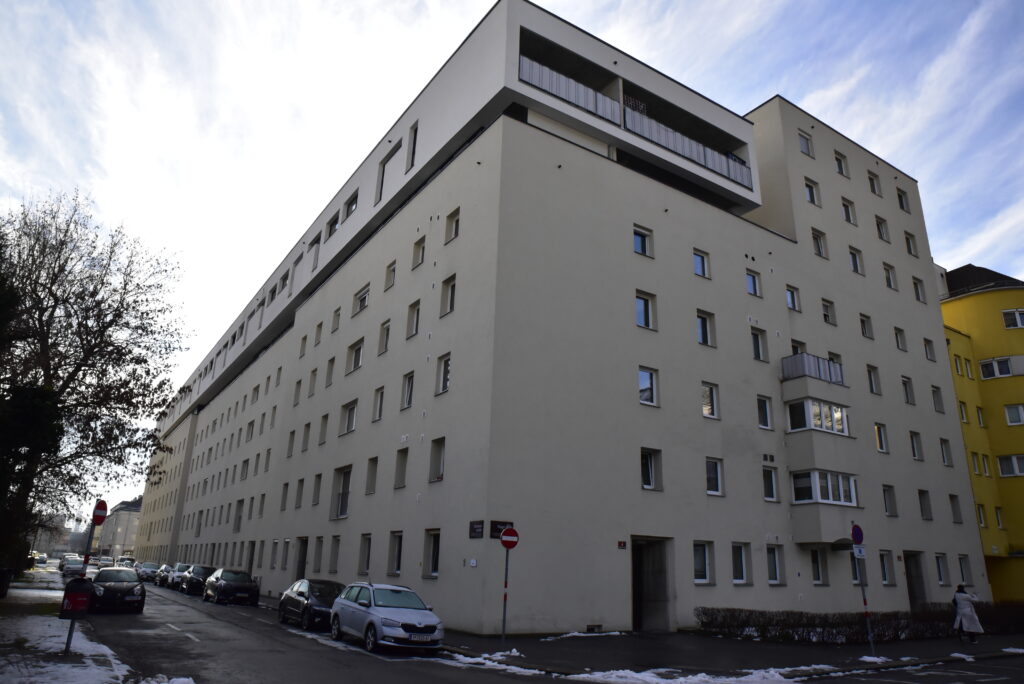
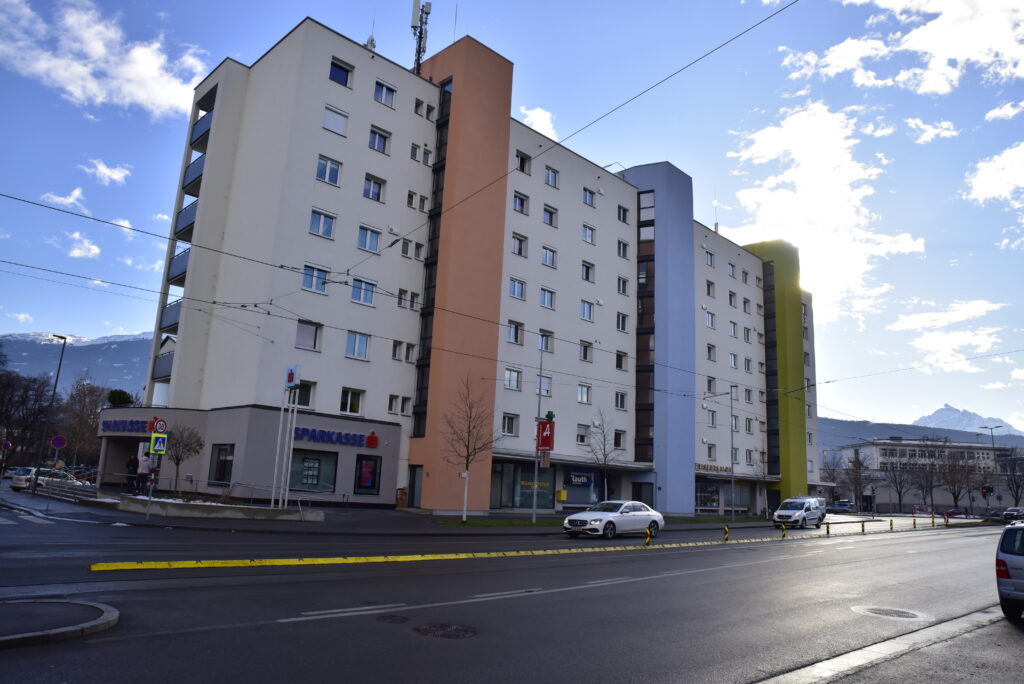
Over the coming hours, we wove through unremarkable streets and similar looking buildings, but each time were struck by the human and environmental story behind the statistics of changes in energy use post renovation.
Contributing to saving the planet is a great headline act, but to sustain interest to most people, it has got to mean something to you. Insulation and windows are not inherently interesting, but the better quality of life, the warm fingers and toes on a cold morning and the lack of heat stress when the seasons turned, that is a story we could more readily engage in.
Half way through the tour, the biting cold and my failure to prepare a variegated commentary led to wandering enthusiasms – a warm bakery and its cinnamon buns displacing the fate of the world as number one priority temporarily. Until we tasted the buns and realised that the fate of the world was probably more palatable after all.
Standing on the streets in front of refurbished houses and warmed schools in coming days, as consensus indicated that it was no longer necessary to share the walking tour experience, I realised I had discovered a new dimension of travel I was previously unaware of. I was immersed not in a location of history or beauty for a day, but instead given the chance to think about the other days of the year, when the lives of me and others could be more temperate, and my wallet and the planet could be better for it.
Of course we went to the old town on subsequent days, and loved that too, but the inspiration that I came home with was not of a visit that once was, but the first days of the rest of a year. There’s epiphanies to be had in all parts of the donut – I will ignore far flung suburbs no more.
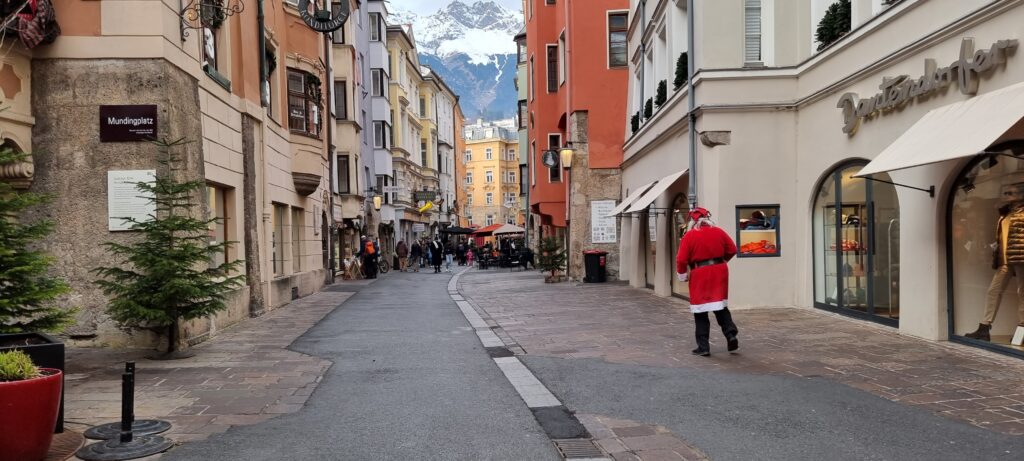
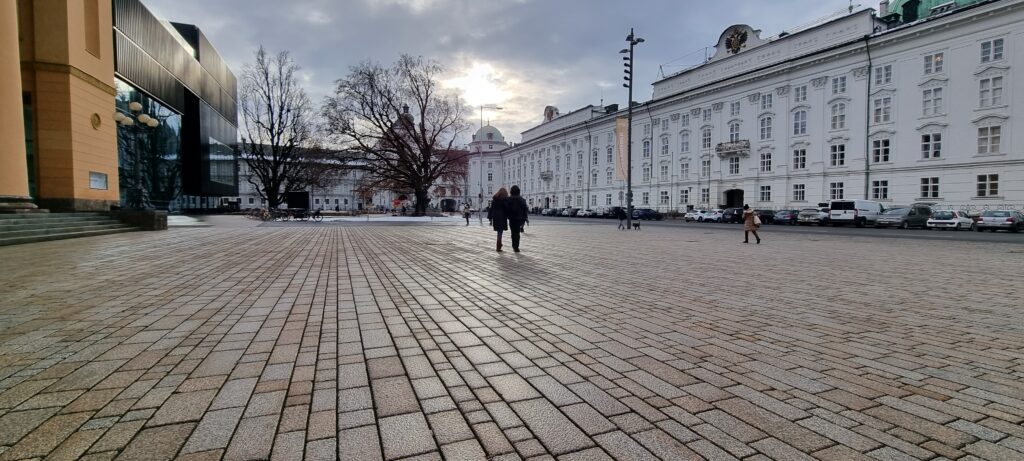
More:
To develop your own walking tour of sustainably renovated and constructed homes and commercial buildings, and find out more information you can visit https://passivehouse-international.org

